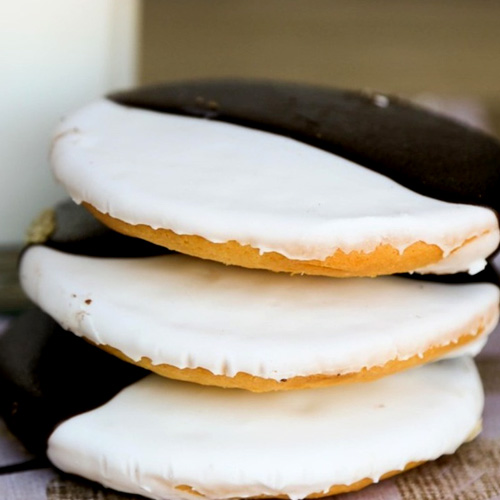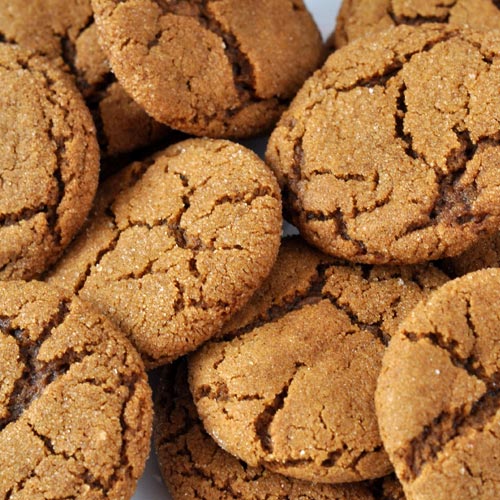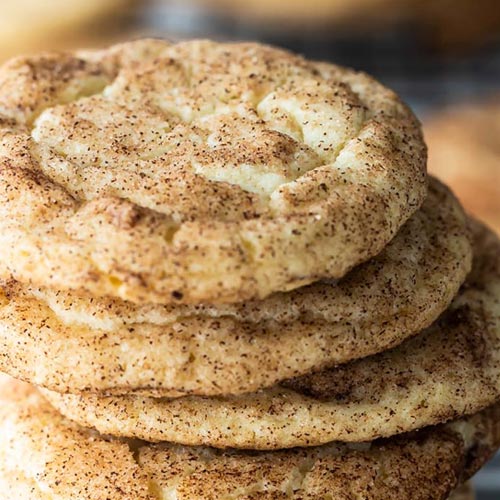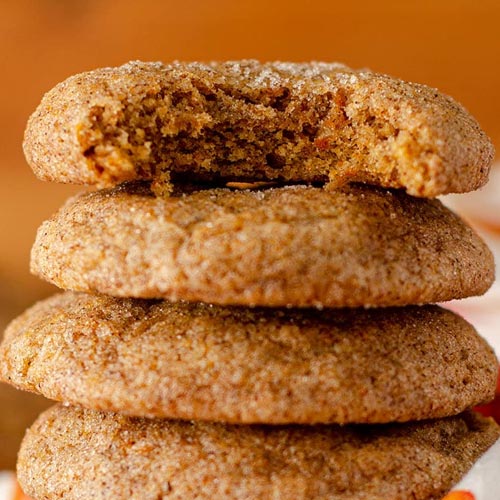Classic cookies from around the world offer a delightful glimpse into diverse culinary traditions. In Italy, biscotti, the twice-baked almond cookies, perfect for dipping in coffee, as well as sweet wine. While France is known for their crisp shell macarons. In the United States, the iconic chocolate chip cookie is a beloved treat with a perfect balance of chewiness and crispness. German lebkuchen, often spiced with cinnamon and cloves, and are popular during the holiday season. Meanwhile, in Mexico, polvorones—also known as Mexican wedding cookies—are crumbly, nutty, and coated in powdered sugar.
Some Classic cookies from around the world:
Biscotti (Italy)
Origin: Tuscany, Italy
Key Ingredients: Flour, sugar, eggs, almonds (sometimes anise or dried fruit)
Details: Biscotti means “twice baked” in Italian. These classic cookies are first baked in a loaf, sliced, and then baked again to achieve their crisp texture. They’re traditionally served with vin santo, a sweet Italian dessert wine. Their durability made them ideal for travelers and soldiers in ancient Rome.
Macarons (France)
Origin: France (though with Italian roots)
Key Ingredients: Almond flour, egg whites, sugar, food coloring, buttercream or ganache filling
Details: French macarons known for their crisp shell, chewy interior, and smooth filling. They became popular in France during the Renaissance. The modern sandwich style macaron was popularized by Ladurée in the 20th century. What’s more is they are now a global symbol of French patisserie.
Speculaas (Netherlands/Belgium)
Origin: Low Countries (modern-day Netherlands and Belgium)
Key Ingredients: Brown sugar, butter, flour, and a spice blend (cinnamon, nutmeg, cloves, ginger, cardamom, white pepper)
Details: Speculaas bring a taste of Dutch Belgian heritage to your holiday baking. These thin, crisp cookies are molded with windmill or St. Nicholas images. Traditionally eaten on December 5th (Sinterklaas Day). Additionally, these spices reflect the historic influence of the Dutch East India Company and its spice trade.
Alfajores (Argentina/Latin America)
Origin: Brought to Latin America by Spanish colonists
Key Ingredients: Cornstarch or flour, butter, sugar, dulce de leche
Details: The Alfajores Argentinean cookie features two soft cookies filled with dulce de leche. Often rolled in coconut or also dipped in chocolate, they’re a staple snack and a symbol of comfort across Argentina and neighboring countries.
Lebkuchen (Germany)
Origin: Nuremberg, Germany, 13th century
Key Ingredients: Honey, nuts, spices (ginger, cloves, cinnamon), flour, sometimes chocolate or sugar glaze
Details: Lebkuchen sometimes called German gingerbread, these cookies are made for Christmas markets. Nuremberg became a center for lebkuchen due to its access to exotic spices through trade routes.
Polvorones (Spain/Mexico)
Origin: Andalusia, Spain
Key Ingredients: Flour, sugar, lard or butter, ground almonds
Mexican Wedding Cookies: The Polvorones De Nuez comes from “polvo,” meaning dust—referring to the cookie’s crumbly texture. Polvorones usually enjoyed at weddings, Christmas, and celebrations in both Spain and Latin America.
Anzac Biscuits (Australia/New Zealand)
Origin: WWI-era, made for ANZAC (Australian and New Zealand Army Corps) soldiers
Key Ingredients: Rolled oats, flour, sugar, golden syrup, coconut, baking soda
Details: Anzac Biscuits were designed to travel long distances without spoiling. Even so they’re chewy or crisp depending on the recipe and now associated with ANZAC Day, a day of remembrance.
Kourabiedes (Greece)
Origin: Greece, Ottoman-era influence
Key Ingredients: Butter, flour, powdered sugar, almonds, sometimes rose water or brandy
Details: These Authentic Greek Kourabiedes are snowball-like cookies, and enjoyed at Christmas and weddings. They melt in your mouth and dusted generously with powdered sugar, symbolizing equally purity and celebration.
Nankhatai (India)
Origin: India, influenced by Persian and Dutch colonial baking
Key Ingredients: Chickpea flour (besan), all-purpose flour, semolina, ghee, sugar, cardamom
Details: Nankhatai is a popular eggless shortbread cookie, especially in western India. The blend of flours gives it a unique texture and flavor. Usually made during Diwali and other festivals.
Pepernoten/Kruidnoten (Netherlands)
Origin: Netherlands
Key Ingredients: Rye or wheat flour, sugar, anise or mixed spices (kruidnoten typically use speculaas spice blend)
Kruidnoten are small, crunchy cookies traditionally tossed into crowds by Sinterklaas—the Dutch counterpart to Santa Claus—and his helpers during holiday celebrations. While the terms kruidnoten and pepernoten sometimes used interchangeably, they refer to two distinct treats.






